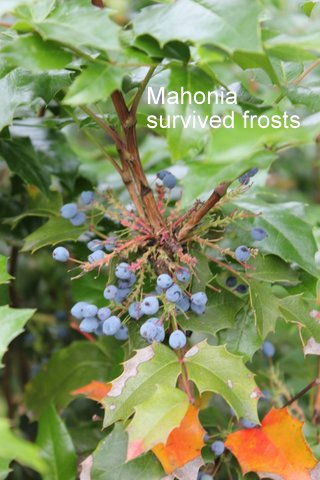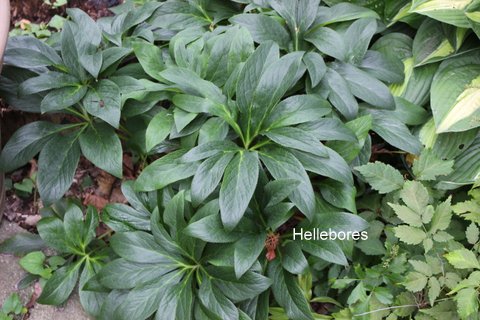by Lois Rose
Watching the seasons unfold this year after the unusual spring weather has been exciting and puzzling.
Going back four winters, I am reminded that 2013-14 and 2014-15 were very difficult in terms of extreme and sustained cold. Many plants that had survived in my garden for decades were damaged severely by the first of these winters. The second dealt a glancing blow but it did not do as much damage.
As an example my fig trees which had been in the ground for twenty years and had produced five hundred figs in the summer of 2013, were knocked to the ground. They produced new branches but no figs in 2014. Last year, 2016, I had a few dozen figs and this year my considerably larger trees are covered with baby figs, much earlier than usual, on their way to ripening in the fall. Everything in the yard seems to have come in two to three weeks early.
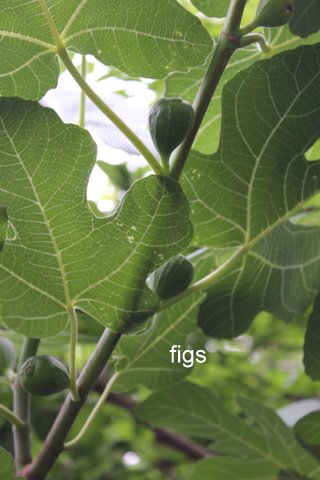
My hardy orange trees,
Poncirus trifoliata have a lot of fruit now…small so far, fuzzy green oranges, the first since 2013. There were flowers last year but no fruit. Again, they flowered a few weeks earlier than usual.
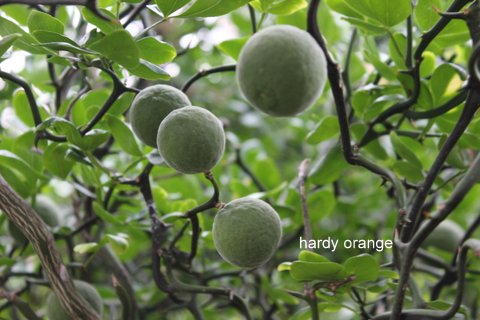
Looking at my other fruit crops, black and red currants started ripening in mid June,weeks ahead. Raspberries were similarly ahead.
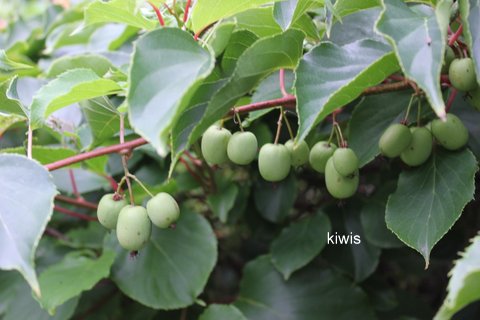
I have been doing some research online and asking friends from OSU to find some explanations for the patterns which reflect the weather conditions in this part of Ohio this spring. The mild winter, second in a row, is the foundation of the story..very warm temperatures in January and again in February started the ball rolling. Plants that had completed their chill hours…needed to set them up for their normal spring routines…were thrust into advancing buds which formed last summer and fall early. Maple trees started to open their signature red flowers a month earlier than usual. Soil temperatures rose early (get a soil thermometer if you want to be on top of this) and crab grass was ready to germinate in early to mid March (time for pre germination treatment) earlier than usual. Growing degree days (
http://www.oardc.ohio-state.edu/gdd/ moved ahead quickly by March. Then some cool and cold weather slowed things down. May have produced some very cold weather (not unusual) which damaged various plants, especially those that had started to open buds or were in flower. The damaging cold was defined by temperatures at or below freezing for many hours. Michigan as well as Ohio received a cold spell on May 8 and 9. But depending on the specific place, its altitude, proximity to water, etc.,the results were varied.

Depending on your garden niche, proximity to the cold lake, how far to the east or west and how high above the lake, snow cover…all of these things contributed to the damage or lack thereof to our plant material.
Friends have observed a good crop on their berries, and also on hibiscus, roses, and many other flowers and shrubs and trees.
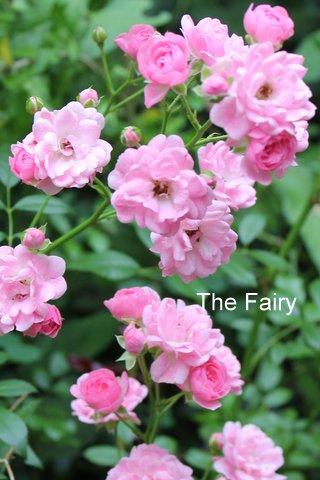
I am speculating that the two mild winters, generous amount of rain this spring compared with the three month drought last year…plus the recovery of many plants after two damaging winters..has resulted in this year’s bounty.
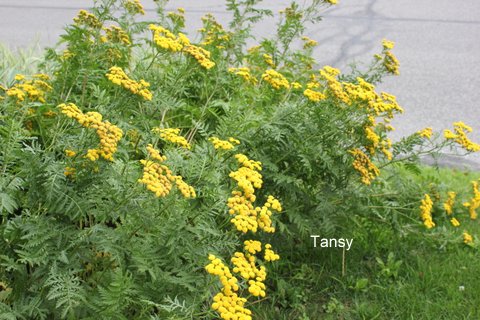
In my yard, I see very little damage after the cold spells in March and May which included freezing and snow after many plants had been exposed to the warm air and warm ground earlier than usual.
Magnolia stellata had buds covered in frost. Daylilies were bent to the ground as were hellebores
and many other perennials. Yet my magnolia blossomed well, and the hellebores were very floriferous.
On the whole it seems that the outcome has been favorable despite the gyrations and surprises of the spring. Cannot wait to see what is going to happen next year!
I am speculating that the two mild winters, generous amount of rain this spring compared with the three month drought last year…plus the recovery of many plants after two damaging winters..has resulted in this year’s bounty.
